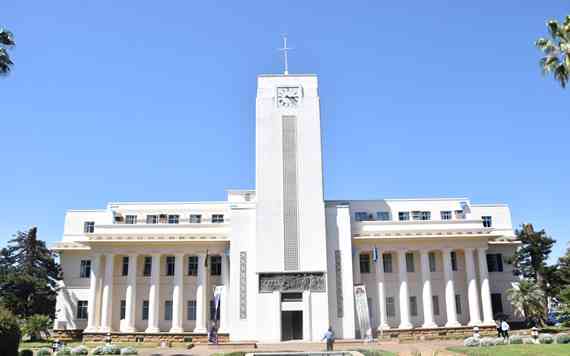
ADOLESCENT Girls and Young Women (AGYW) in Matabeleland South province face a disproportionately high risk of HIV infection, driven primarily by economic vulnerability and intergenerational relationships, a health official has warned.
National Aids Council (Nac) Matabeleland South provincial manager Mncini Sibanda identified poverty as a key factor pushing young women into risky situations.
“The province has the highest HIV prevalence and incidence rates in the country,” Sibanda said.
“This is likely due to a number of interconnected social, economic and cultural factors.”
He was speaking to journalists ahead of World Aids Day commemorations on December 1.
He explained that AGYW bears a disproportionate burden of the disease, largely because of limited access to income-generating projects.
This economic pressure often leads them to engage in relationships with older men, where they struggle to negotiate for safe sex.
Sibanda also cited cross-border migration as a major challenge undermining progress in the HIV fight.
- Another ETF lists on ZSE
- Econet to use Buddie Beatz app to grow local music
- Edutainment mix: The artist in the child policy formulation context
- An unsung HIV/Aids hero spreads message of hope
Keep Reading
“Most young women after school migrate to South Africa or Botswana looking for greener pastures.
“But without qualifications or proper documentation, they become vulnerable and often end up resorting to sex work, which predisposes them to HIV.”
To address these deep-rooted issues, Nac is engaging traditional leaders through the “Not In My Village Campaign”.
The initiative aims to change harmful behaviours that increase risk, such as sexual gender-based violence and child marriages.
“We are looking at cases where girls below the age of 18 have sex with older people or are allowed to marry as a way for families to escape poverty,” Sibanda noted.
He indicated that these efforts are crucial to protect gains made against HIV and prevent a reversal.
Matabeleland South, with a population of 760 000, has an estimated 93 000 people living with HIV.
The province holds the highest national prevalence rate at 15%.
According to Nac statistics, HIV prevalence among the 15-19 age group in the province is significantly higher than the national average for that demographic.








